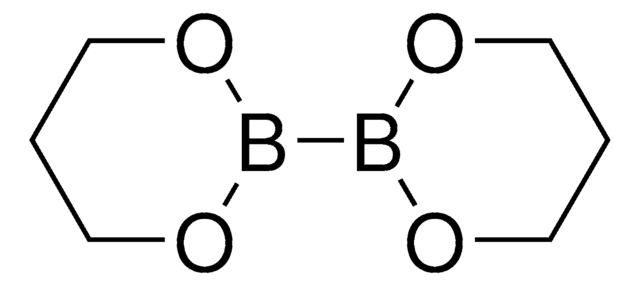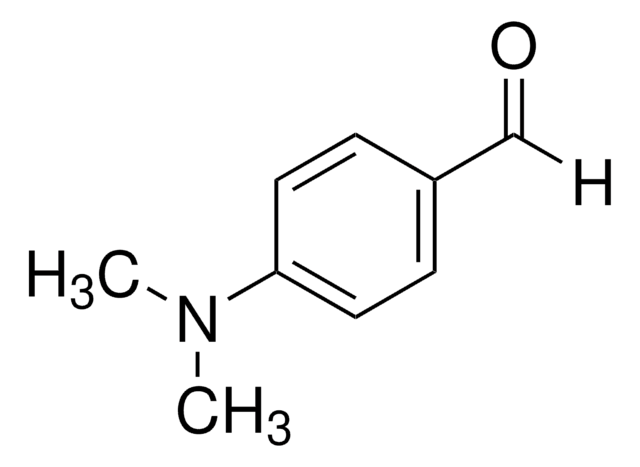80353
TDA Reagent
suitable for microbiology
Synonym(s):
Iron(III) chloride solution, Tryptophan Deaminase Reagent, Ferric chloride solution
About This Item
Recommended Products
Agency
according to ISO 10273:2017
Quality Level
product line
BioChemika
form
liquid
shelf life
limited shelf life, expiry date on the label
composition
ferric chloride, 1 g/10 mL (in distilled water)
technique(s)
microbe id | specific enzyme detection: suitable
application(s)
clinical testing
food and beverages
microbiology
suitability
Proteus spp.
SMILES string
Cl[Fe](Cl)Cl
InChI
1S/3ClH.Fe/h3*1H;/q;;;+3/p-3
InChI key
RBTARNINKXHZNM-UHFFFAOYSA-K
Looking for similar products? Visit Product Comparison Guide
Application
Signal Word
Danger
Hazard Statements
Precautionary Statements
Hazard Classifications
Aquatic Chronic 2 - Eye Dam. 1 - Met. Corr. 1 - Skin Irrit. 2
Storage Class Code
8B - Non-combustible corrosive hazardous materials
WGK
WGK 1
Flash Point(F)
Not applicable
Flash Point(C)
Not applicable
Personal Protective Equipment
Choose from one of the most recent versions:
Already Own This Product?
Find documentation for the products that you have recently purchased in the Document Library.
Customers Also Viewed
Our team of scientists has experience in all areas of research including Life Science, Material Science, Chemical Synthesis, Chromatography, Analytical and many others.
Contact Technical Service









![Tris[2-(2-methoxyethoxy)ethyl]amine 95%](/deepweb/assets/sigmaaldrich/product/structures/266/084/fe6f96ea-6320-4c87-8438-fa06ddcadd83/640/fe6f96ea-6320-4c87-8438-fa06ddcadd83.png)
